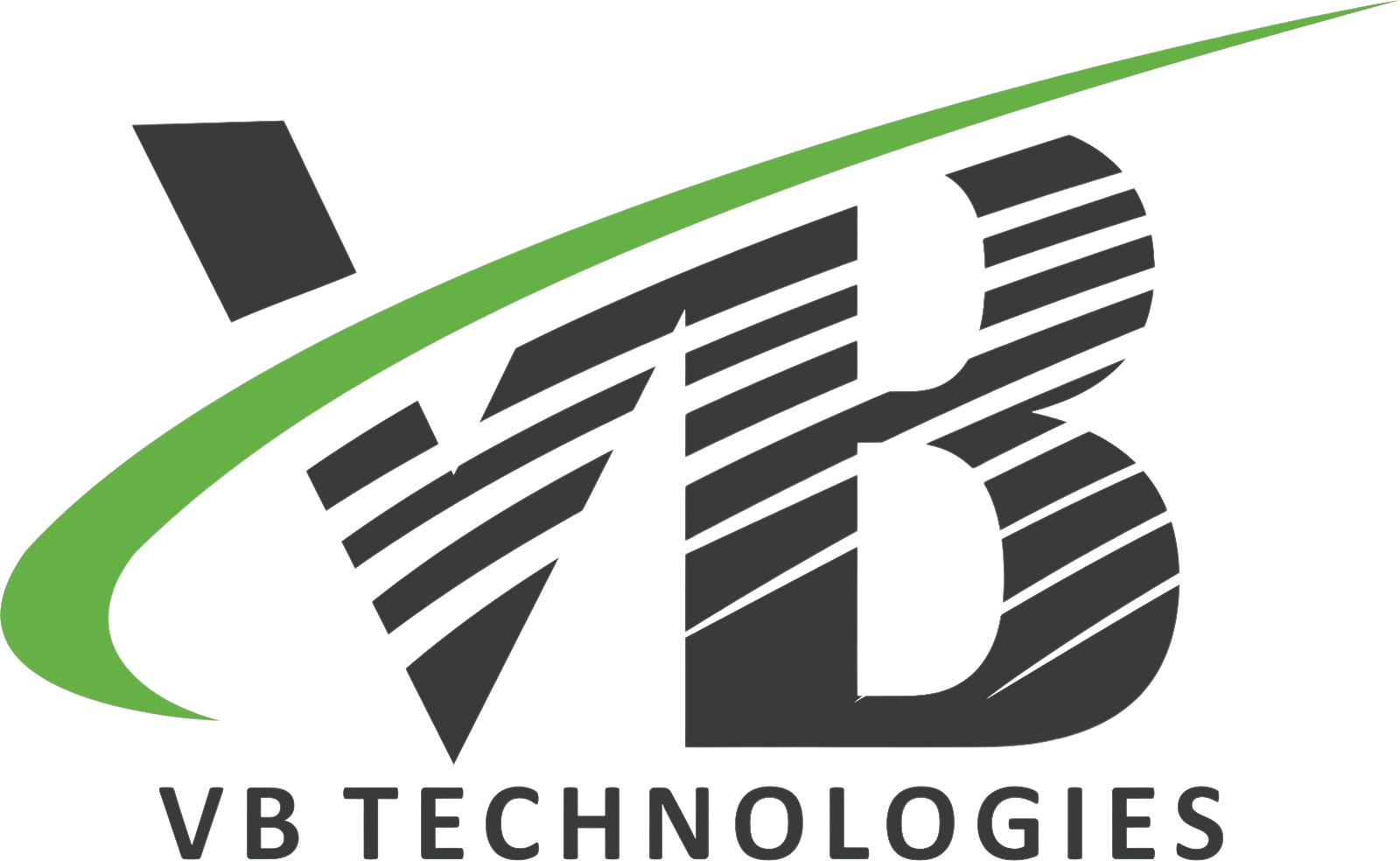Inventory Management
A Definition of Inventory Management
Inventory management may be a component of supply chain management that involves supervising non-capitalized assets, or inventory, and stock items. Specifically, “inventory management supervises the flow of products from manufacturers to warehouses and from these facilities to point of sale.” Thus, inventory management hinges on detailed records of products or parts as they enter and leave warehouses and points of sale.
Inventory management is critical to rock bottom line because inventory may be a major asset that is still an investment until the products sell. Several costs are tied to inventory management because businesses must store, track, and insure inventory. Overall, best practices in inventory management involve sound purchasing plans to ensure items are available once they are needed without having too few or too many available and the necessary tools for tracking existing inventory.
Methods of Inventory Management
There are two common inventory management strategies: the just in time method and therefore the materials requirement planning method.
Just In Time Method
The just in time method (JIT) of inventory management involves companies planning to receive items as they are needed instead of maintaining high levels of inventory. One advantage of this inventory management method is that companies don't have an excellent deal of cash engaged in inventory levels; they reduce storage and insurance costs and the cost of liquidating unused inventory. Another advantage of the just in time method is that companies reduce waste. Challenges of the just in time method of inventory management inherit play when manufacturers and retailers need to work together to watch the supply of producing resources and consumer demand.
Just in time inventory management is also considered risky because companies take a big gamble with being unable to fill orders; being out of stock reduces revenue and should harm customer relations
Materials Requirement Planning Method
The materials requirement planning method (MRP) of inventory management involves companies scheduling material deliveries supported sales forecasts. Typically a computer-based inventory management system, MRP breaks down inventory requirements into planning periods in order that production are often completed efficiently while keeping inventory levels and storage costs at a minimum. Another benefit of nseikaMRP inventory management is that it aids production managers in planning for capacity needs and allocating production time.
One of the foremost significant disadvantages of the MRP inventory management method is that the systems often are expensive and involve a time-consuming implementation period. It also could also be challenging for companies to place quality information into the MRP system to realize accurate forecasts to reap the complete benefits of MRP inventory management, organizations must be prepared to take care of current and accurate bills of materials, part numbers, and inventory records.
1333 W McDermott Dr #200
Allen TX 75013
Get In Touch
+1-469-297-2096
Quick Email us


